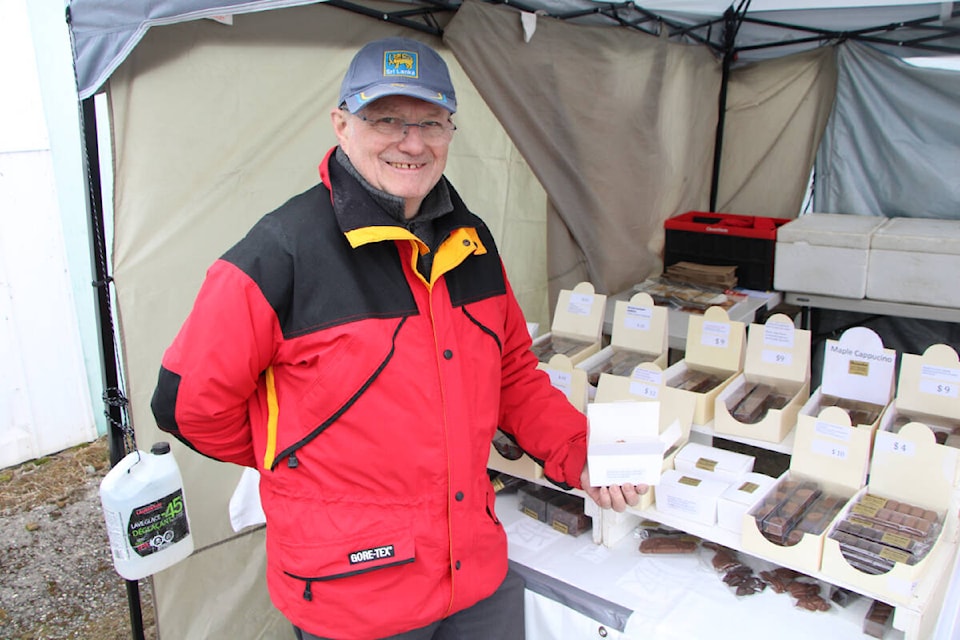Ever since he was a boy, Johan Raes has had a love affair with chocolate.
Growing up in Bruges, Belgium, otherwise known as Chocolate Town, Raes remembers popping into chocolate shops while biking to school to question the chocolatiers about their craft.
The passion stuck with him as he grew up and became a metalworker. When he got the chance to do some maintenance in a chocolate factory, he leapt at the chance to learn.
“I got into the factories and I wasn’t really stealing with my eyes but I was asking questions on how to make chocolate,” Raes said. “After that visit, (I said) no more grinding, no more milling, I want to make chocolate.”
By day, Raes worked as a maintenance worker. By night, he was enrolled in a two-year chocolatier course at the Sintra West Institute. Following that, he took a 12-day course at the Barry Callebaut factory, learning the ins and outs of making chocolate treats from the leading Belgian chocolate maker. He learned how to properly use moulds, what type of filling recipes go best with which chocolates and dozens of other tricks.
Rather than plying his trade in Belgium, Raes chose to take his skills to Canada, buying a piece of property on the North Thompson River near Clearwater in 2007 and moving there with his wife Maryse two years later. After securing his licensing and getting his equipment installed, they opened Helmcken Finest Homemade Belgian Chocolates.
Raes sells his chocolates and Belgian waffles at farmers’ markets, including the South Cariboo Farmers’ Market in 100 Mile House where he had a stall last week. Whenever people praise him for his chocolate’s look and taste, he tells them it’s only a matter of “following the right rules.”
He wakes every day at 5 a.m. and switches on a machine to melt the chocolate into a malleable state. Once the chocolate can be worked, Raes begins shaping it using various moulds. It takes time but Raes loves every minute of it.
“I love it. The temperature in the workshop needs to be perfect. That’s why I mostly work in the morning or the evening because the temperature needs to be 18C in the workshop. When it’s warmer, everything else gets sticky and that’s not really the right way to do chocolate.”
As the chocolate shells sit and dry overnight, Maryse makes the fillings that are added the next day. Letting the chocolates rest for another night is important, as Raes said some liquor fillings can make the chocolate “explode” if done too quickly.
“There is nobody there, in a radius of 400 kilometres, who makes chocolate the way we make it,” he said during his visit to 100 Mile last week. “It was very well received in Kamloops, 100 Mile House, Clearwater and even Hinton.”
hr width=“75%“>
patrick.davies@100milefreepress.net
Like us on Facebook and follow us on Twitter.
